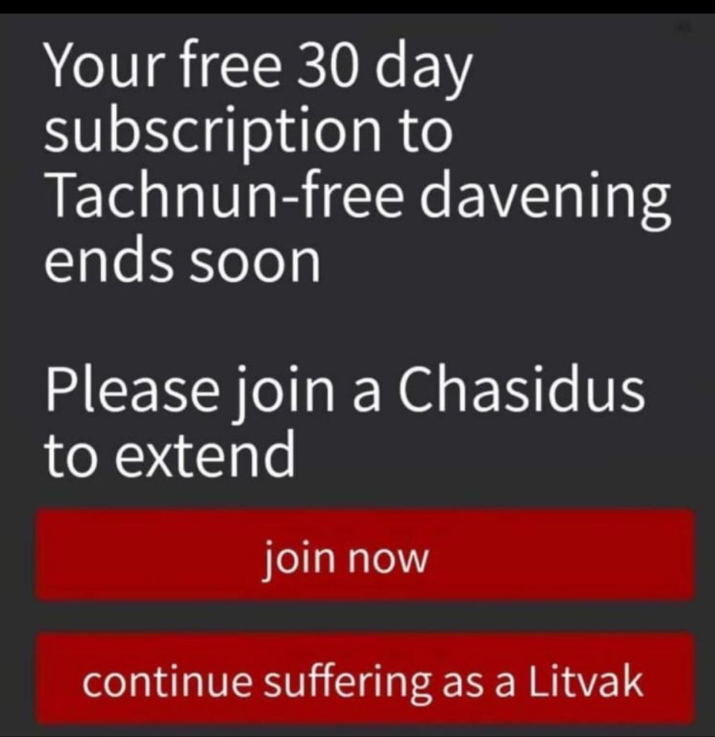A waitress was left a $12,000 tip. She was suspicious. She called the cops.
The cops told her she would get it back after 60 days if no one claimed it.
The police department then kept $11,000 and gave her a $1,000 reward.
She is suing the police.
Basic to confidence in civil government is the belief that the police are not corrupt, that they are dedicated to protecting citizens. But then asset forfeiture laws enable the police to confiscate currency on the assumption that currency must be the producer of illegal behavior. They don’t bother to prove this. They just keep the money. The courts generally uphold the police.
Is this legalized theft? Of course.
In the waitress’s case, the cops say it’s drug money. Proof? None.
The cops promised to return the money in 60 days. After 90 days, she complained.
The police department then gave her a $1,000 reward.
When the media got hold of the story, the police department clammed up. OIn what basis? It’s an ongoing investigation.
Nixon called this stonewalling. But he was not a crook. He said so. The police are not crooks, either. Just ask them.
Police argue that the money had a strong odor of marijuana and therefore falls under a law that allows for forfeiture of the money because it was in the proximity of a controlled substance, the lawsuit states. But there were no drugs in the box and Richie said he believes this law is not being used correctly.
What is the evidence? The cops asked their dog. “A police dog also performed a sniff test on the money and, according to the dog’s handler, discovered an odor.”
Two of Knutson’s co-workers, along with her son Brandon, were at the Fryn’ Pan the night she discovered the money. Her co-workers say they did not smell marijuana.
“I know the smell of marijuana,” Nickolas Fronning, a line cook at the Fryn’ Pan, said in an affidavit. “I can also assure you that there was no smell of marijuana on the bills or coming from the box.”
Like the dog, I detect an odor. It’s not marijuana.
Asset forfeiture rewards corruption. It is happening all over the English-speaking world. It has been since the mid-1980s. Police departments love the asset forfeiture laws. It’s like money in the bank.
It costs the property owner on average $10,000 in legal fees to get his property back. The cops kept $11,000. That makes good economic sense. Do the math.
Just don’t count the cost of the public’s loss of trust in the criminal justice system. That doesn’t count. Doubt me? Ask the dog.
Continue Reading on abcnews.go.com


